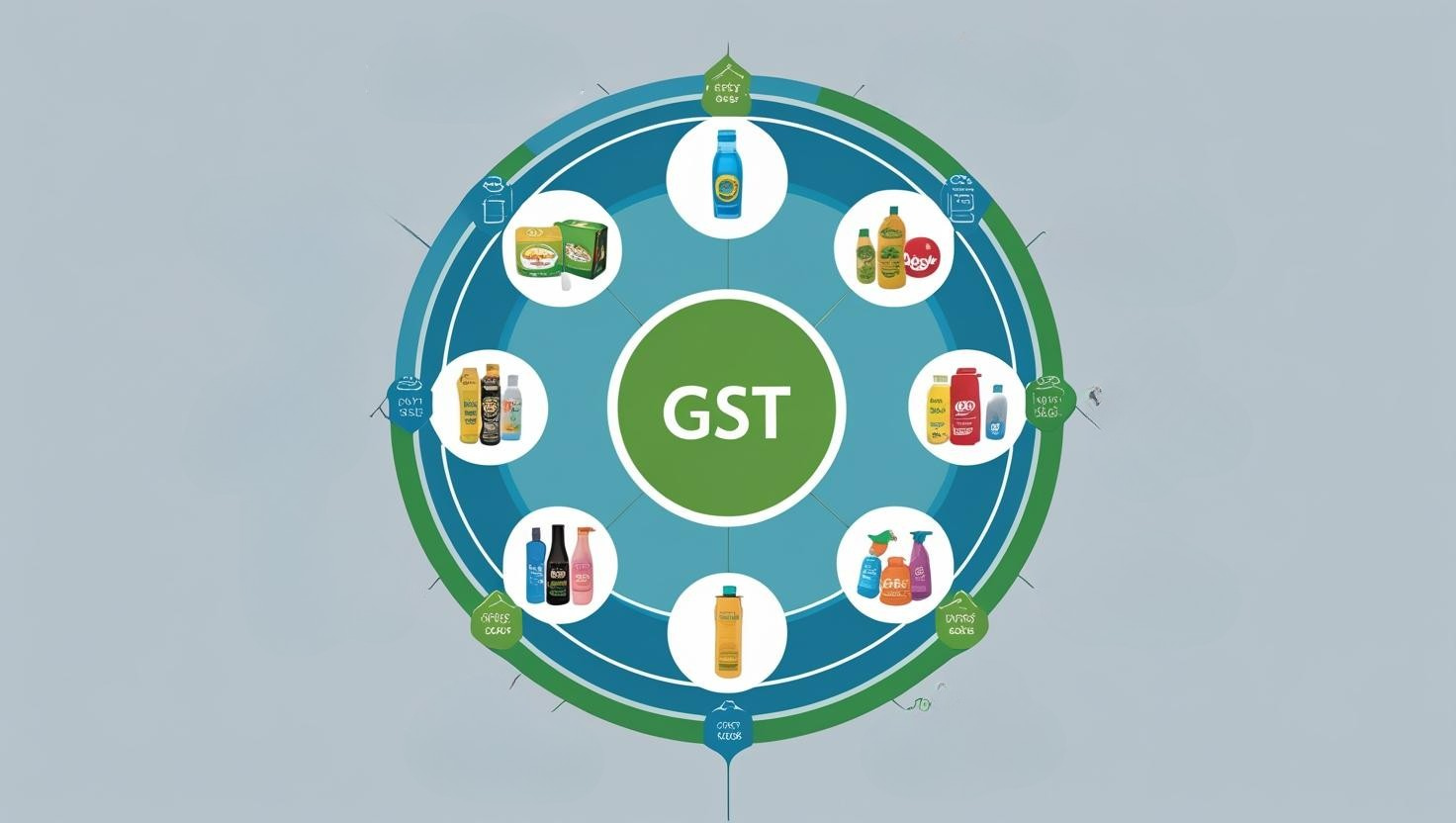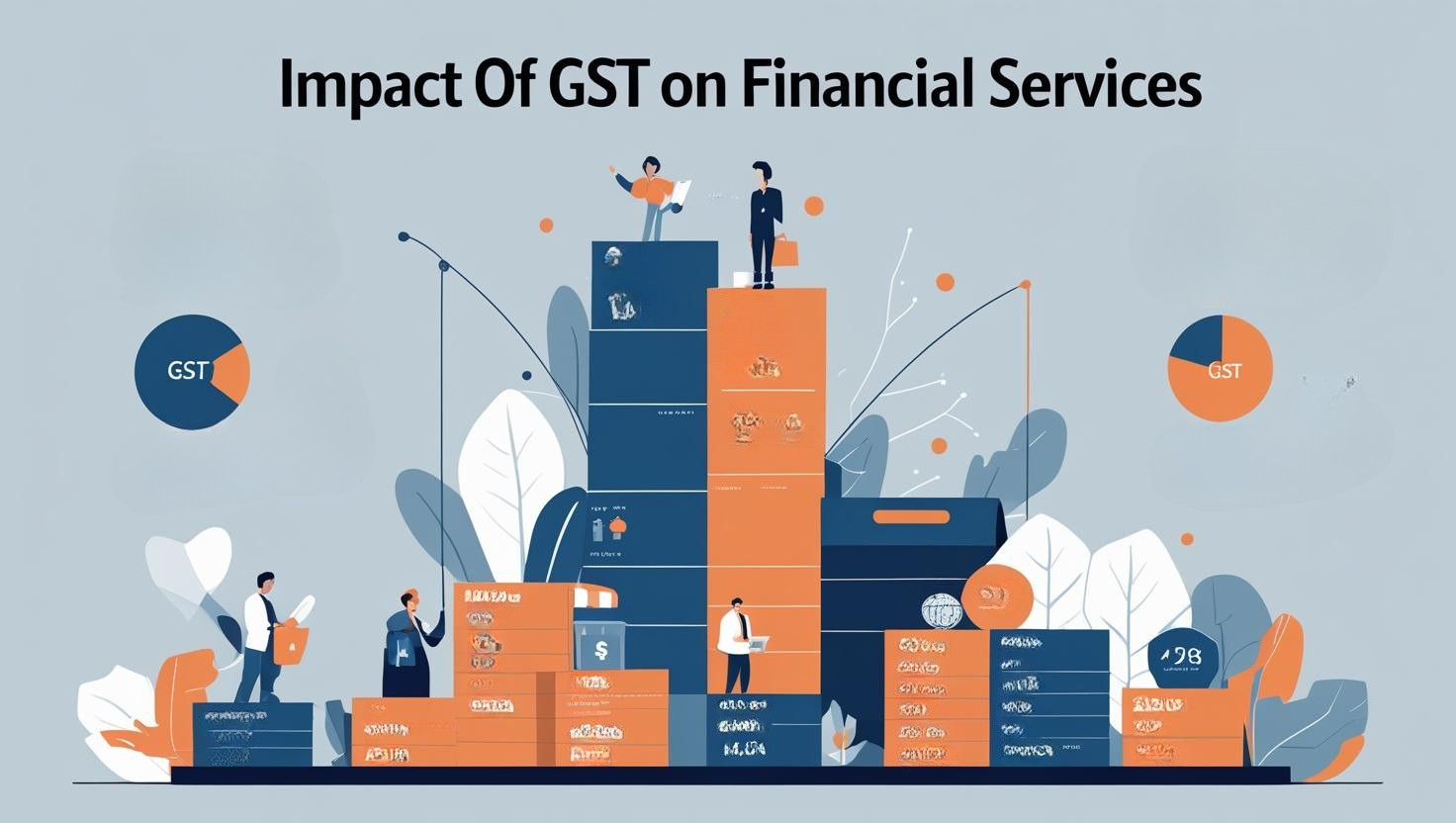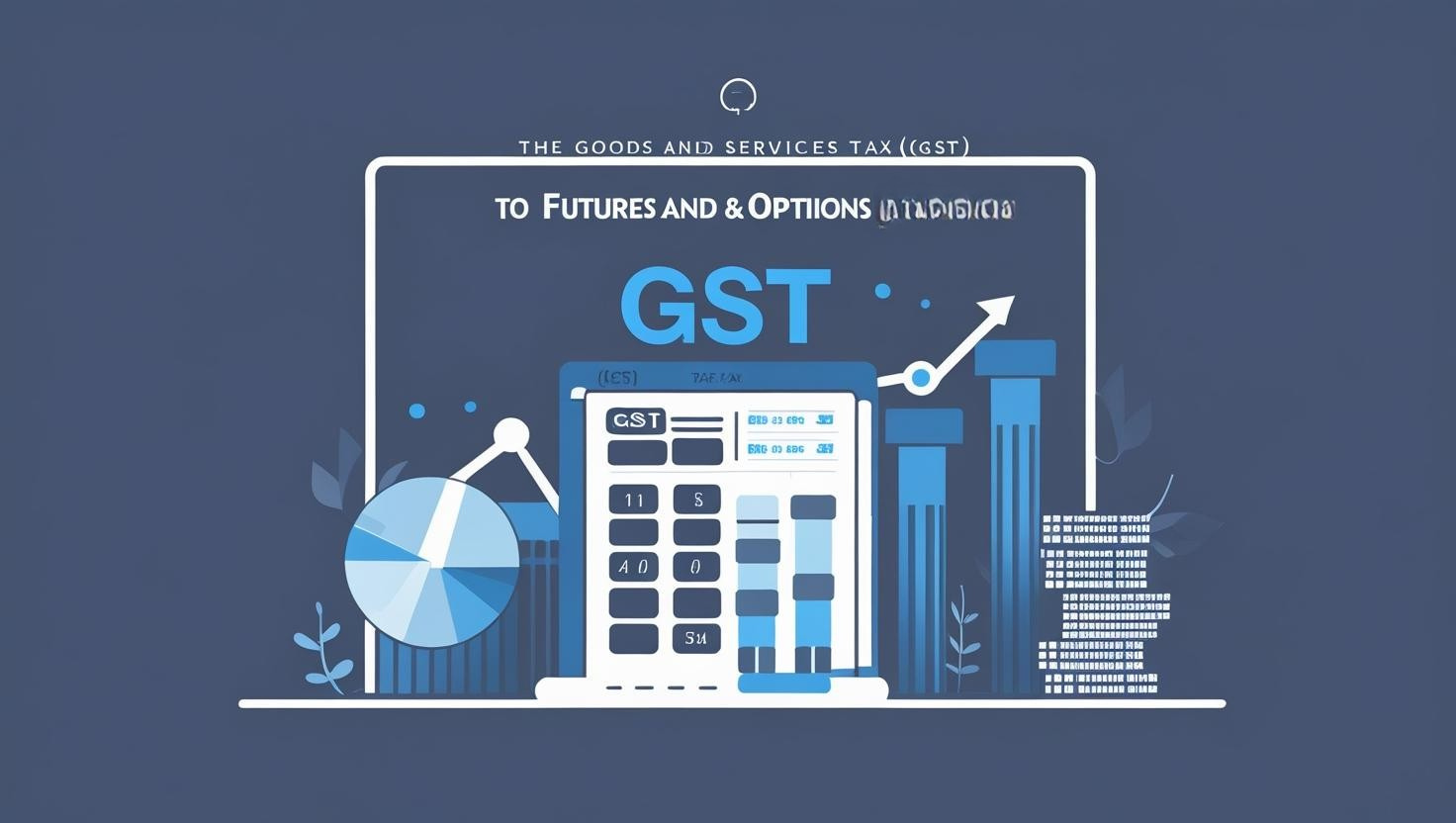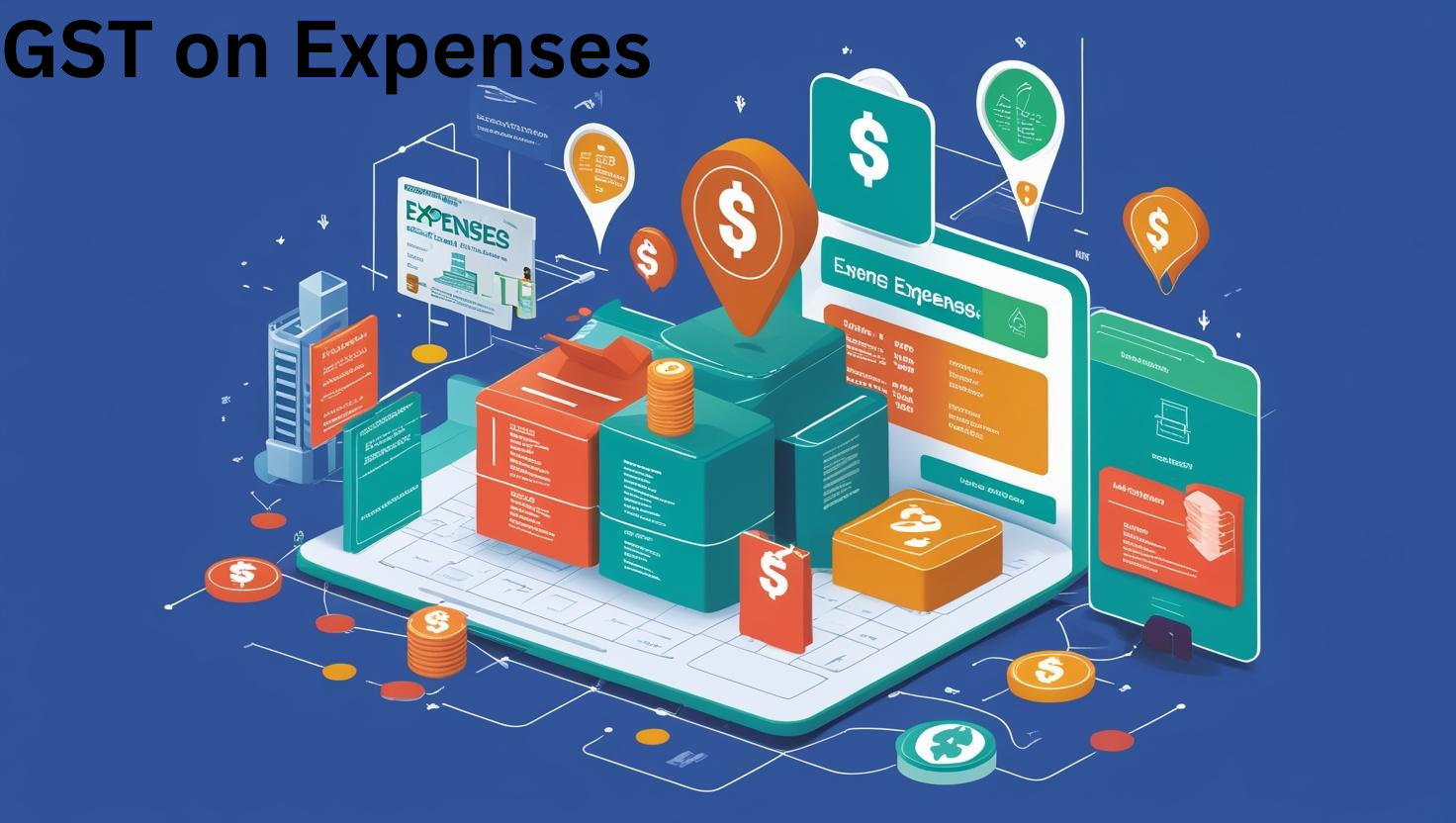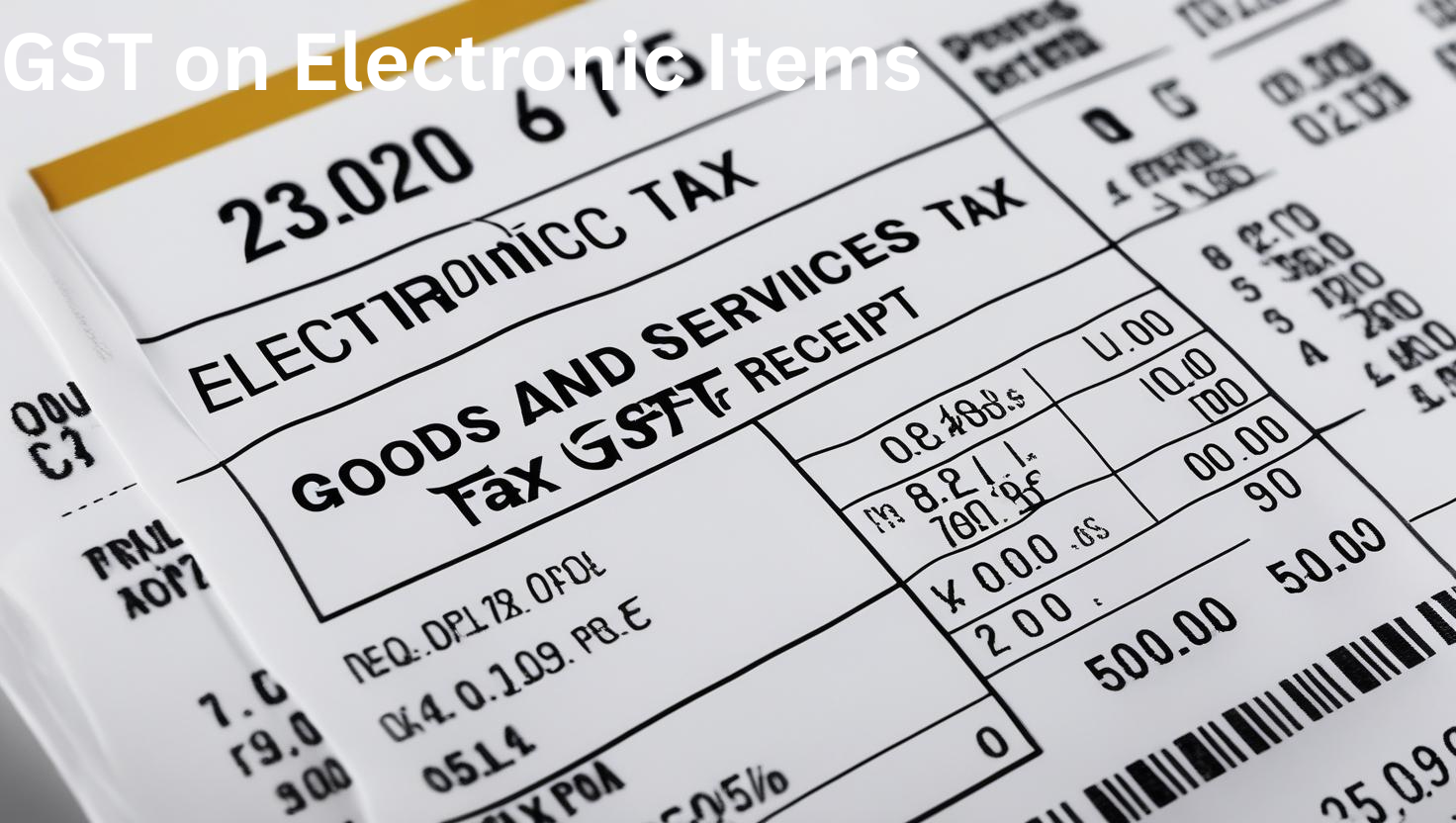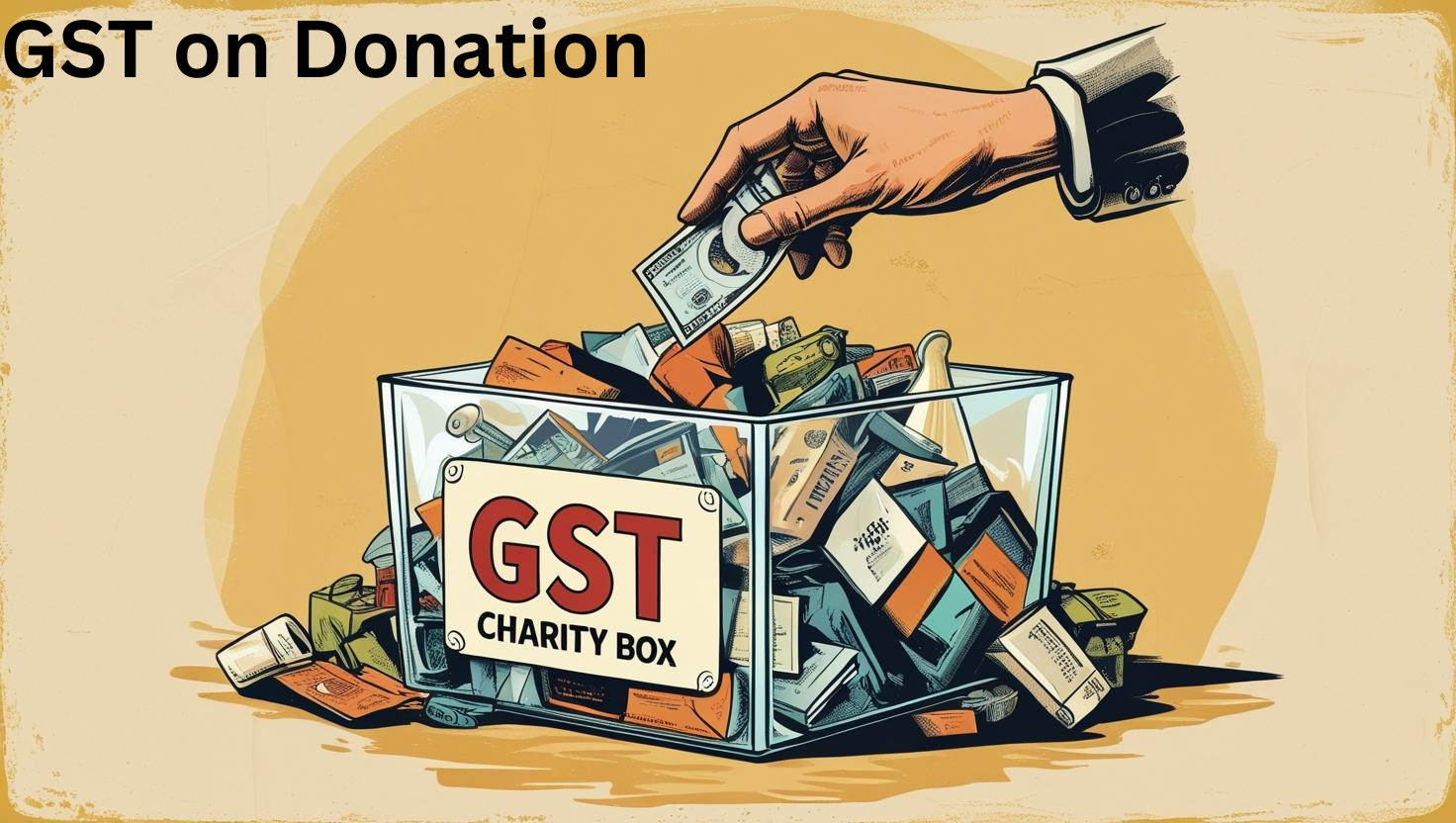The motive of any developing economy’s government is to expand its export base. The rationale for the same is to maintain the balance of payments, create job opportunities and boost economic growth. By providing certain benefits and reliefs on exports, the government promotes the trade. The exporters can avail these benefits and reliefs and thus undertake a free-flowing and beneficial trade.
The implementation of the Goods and Service Tax (GST) has been a significant act of the Government of India. Under GST, exports are treated as zero-rated supply, which gives exporters eligibility to claim a refund of the GST paid on input (goods or raw material purchased to be utilized in the manufacturing of the final product, i.e. the output)1. All exports are treated as inter-state supplies. The exporter can claim a refund of GST paid in two ways:
• Export under bond/Letter of Undertaking (LUT) without payment of tax and claim a refund of ITC (Input Tax Credit).
• Pay IGST by utilizing ITC at the time of export and then claim a refund of IGST paid.
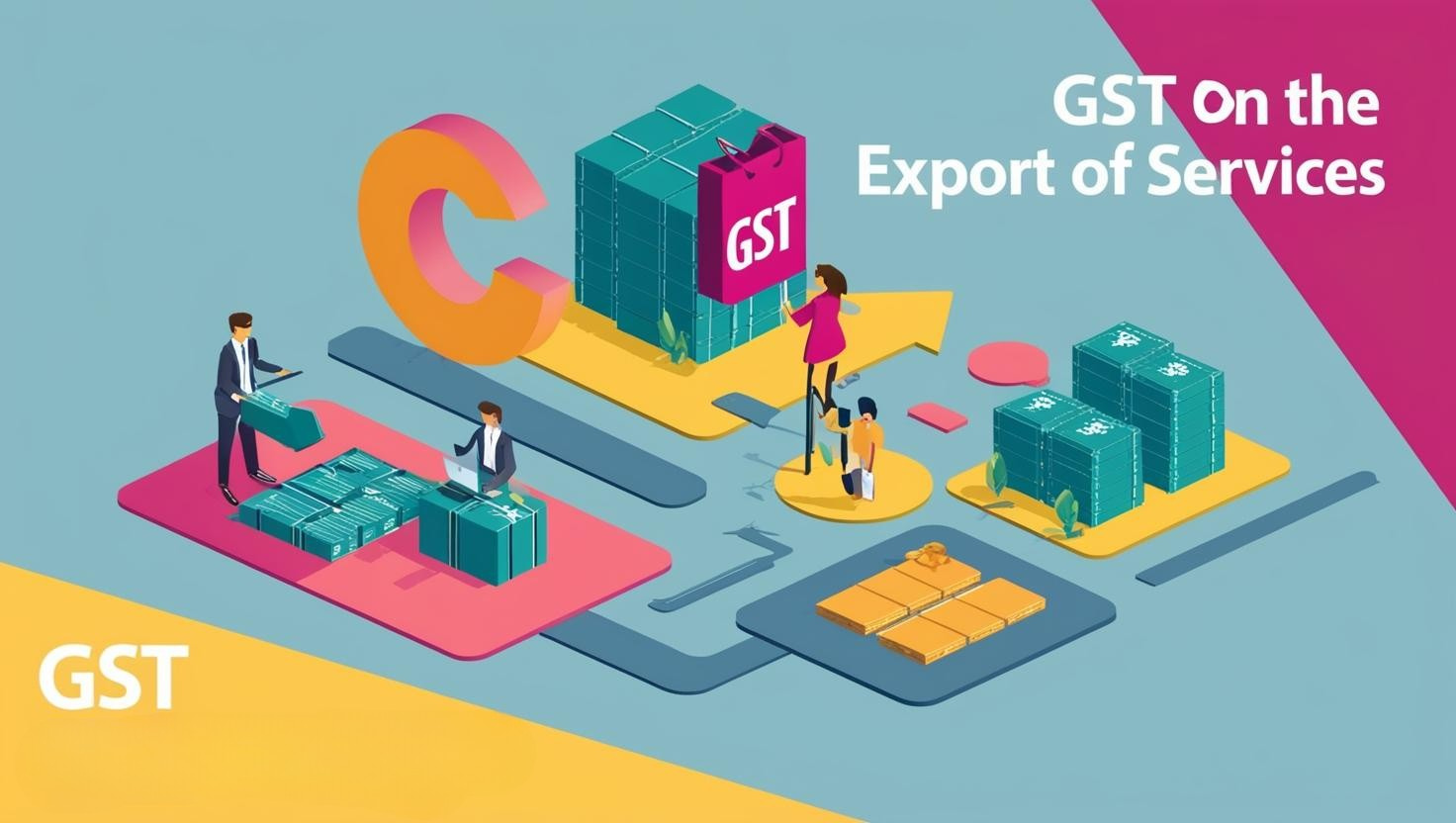
Brief on refund of IGST paid on Exports
Under GST laws, the exporter has the option to pay IGST on exports and then claim refund of the same. The process of claiming refund has been made easy for the export dealers. For export of goods or services or both, there is no need to file a refund application (GST RFD-01) separately.
The shipping bill filed by the exporter is a refund claim in itself. The exporter charges IGST on the invoice for export at the applicable rate (rates specified for different goods and services). On payment of IGST, the refund can be claimed for the following two elements:
- Input tax credits on goods and services which remained unutilised;
- IGST paid on export of goods or services.
The law specifies that shipping bill is to be considered as a refund claim on satisfying following two conditions.
- The person carrying export goods should file an export manifest and
- The applicant should have filed the returns in form GSTR-3B appropriately. A refund is initiated on filing table 6A in form GSTR-1.
When to file form RFD-01 / RFD-01A (for tax refund in case of exports)
The excess of unutilised ITC (Input Tax Credit) can be claimed by way of filing Form GST RFD-01 (for online filing) / GST RFD-01A (for manual filing). A simple form is to be filled and filed accordingly with the department for claiming such refunds or any amount paid by mistake or the excess amount lying in the cash ledger.
The following details are to be filed in:
- The GSTIN/ Temporary ID allotted
- Legal name
- Trade name (if any)
- Address of the principal place of business
- Tax period for which the claim of refund is made (if applicable)
- Amount of IGST, CGST and SGST, Interest or cess (if any)
- Grounds for the claim of refund (as per the list given)
- Details of Bank account in which the refund is to be credited
- Select ‘Yes’ if the document required to be submitted in Annexure 1 for the reason selected at (vii). Else select ‘No’
- Verification: To be signed by the authorised person
What is Letter of Undertaking (LUT)
It is a type of bank guarantee, under which a bank allows its customer to raise money from another Indian bank’s foreign branch as a short-term credit. The purpose of such undertakings is to ensure that owner of the ship or aircraft would:
- employ security on the vehicle;
- enter an appearance acknowledge ownership;
- pay any final decree entered against the vehicle whether it is lost or not.
FAQs
Q1.Who can use Letter of Undertaking (LUT) and Bonds for exports?
Any registered taxpayer exporting goods or services can make use of LUTs. However, any person who has been prosecuted for tax evasion for an amount of Rs. 2.5 Crores or above under the act is not eligible to furnish LUTs.
The validity of such LUT’s is for a period of one year (till the end of financial year). An exporter furnishing LUT’s is required to furnish fresh LUT for each financial year. If the conditions mentioned in LUT are not satisfied within the time-limit, the privileges are revoked and the exporter will have to furnish bonds.
For all the other assesses (along with the ones who have been prosecuted for tax evasion of Rs. 2.5 Crores or above under the GST laws), bonds should be furnished if the export is being made without payment of IGST. The Letter of undertakings can be furnished and submitted online through the GST portal.
At the same time, the bonds are required to be furnished manually as the hardcopy of the same has to be remitted to the department. Example of transactions for which LUT/Bonds can be used:
- Zero-rated supply to SEZ without payment of IGST
- Export of goods to a country outside India without payment of IGST
- Providing services to a client in a country outside India without payment of IGST
Q2. What happens if goods or services are not exported?
As per the specifications laid in Rule 96A of the CGST Rules,
- The exporter shall be liable to pay taxes, with interest if:
- Goods are not exported outside India within 3 months of issuing the export invoice tax should be paid within 15 days from the end of such three months period);
- On a failure to render services or if the payment for goods is not received in convertible foreign exchange within one year then within 15 days from the expiry of such one year.
- Form GSTR-1 with details of invoices of export shall be filed with a confirmation of goods have been exported out of India
- If the goods are not exported and the assessee does not makes the payment accordingly, the amount shall be recovered as described in the act (Section 79) and the export is withdrawn.
- As soon as the payment is made, the exports are restored. Also in cases where the exports take place after three months, the benefit is restored.
Q3.How to file Letter of Undertaking (LUT) and Bonds for exports?
Step 1: Check the furnishing requirements (Whether LUT is to be filed or Bond) and jurisdiction. If a Bond is required to be filed then additional documents relating to bank guarantee are also required to be prepared.
Step 2: Prepare necessary documents for Bonds. Following documents are to be filed for bonds:
For Bonds:
- Form RFD-11 on letterhead
- Bond on stamp paper
- Bank guarantee
- Authority letter (For example, if the bond is signed by the MD of a company then a copy of Board Resolution authorising him to act on behalf of the company is required to be furnished)
- Other supporting documents.
The exporter need not furnish a separate bond for each consignment. Instead, he can furnish a Running Bond. When using a Running bond, the exporter carries forward the same terms and conditions in the bond for the next consignment.
Say if an exporter furnishes a Running bond of Rs. 2 Crores, then he can export goods worth of taxes to the tune of Rs. 2 Crores in multiple transactions. On fulfilling the conditions in the bond, the amount is freed up and can be used for next transactions for export.
Step 3: Along with an office copy, a duplicate copy of the above shall be prepared.
Step 4: Submit the documents to the department and get the same verified from the relevant officer to avoid any rejections and resubmissions.
Step 5: Within 2 to 3 days of filing the documents, a signed letter shall be issued by the officer acknowledging the same.
Q4. What is Bonds?
It is a financial instrument in which the issuer of a bond owes the holders a debt and is obliged to pay them interest or to repay the principal at a later date. It is a highly secured and highly liquid financial instrument which is mostly negotiable. This means that the ownership of the bond can be transferred.
The most common types of bonds are municipal bonds and corporate bonds. In case of furnishing bonds for exports, the general parlance is B-1 Surety / Security (General Bond) is furnished. These kinds of bonds have a surety (another person) who guarantees the performance on the part of the obligor (person furnishing the bond).
Q5. What is IGST (Integrated Good and Services Tax)?
IGST is Integrated Good and Services Tax, which is nearly equal to the sum of Central GST and State GST. It is levied by the central government on all inter-state transactions of taxable goods and services. IGST helps in maintaining the integrity of the Input Tax Credit (ITC) in inter-state supplies.
Related Resources


